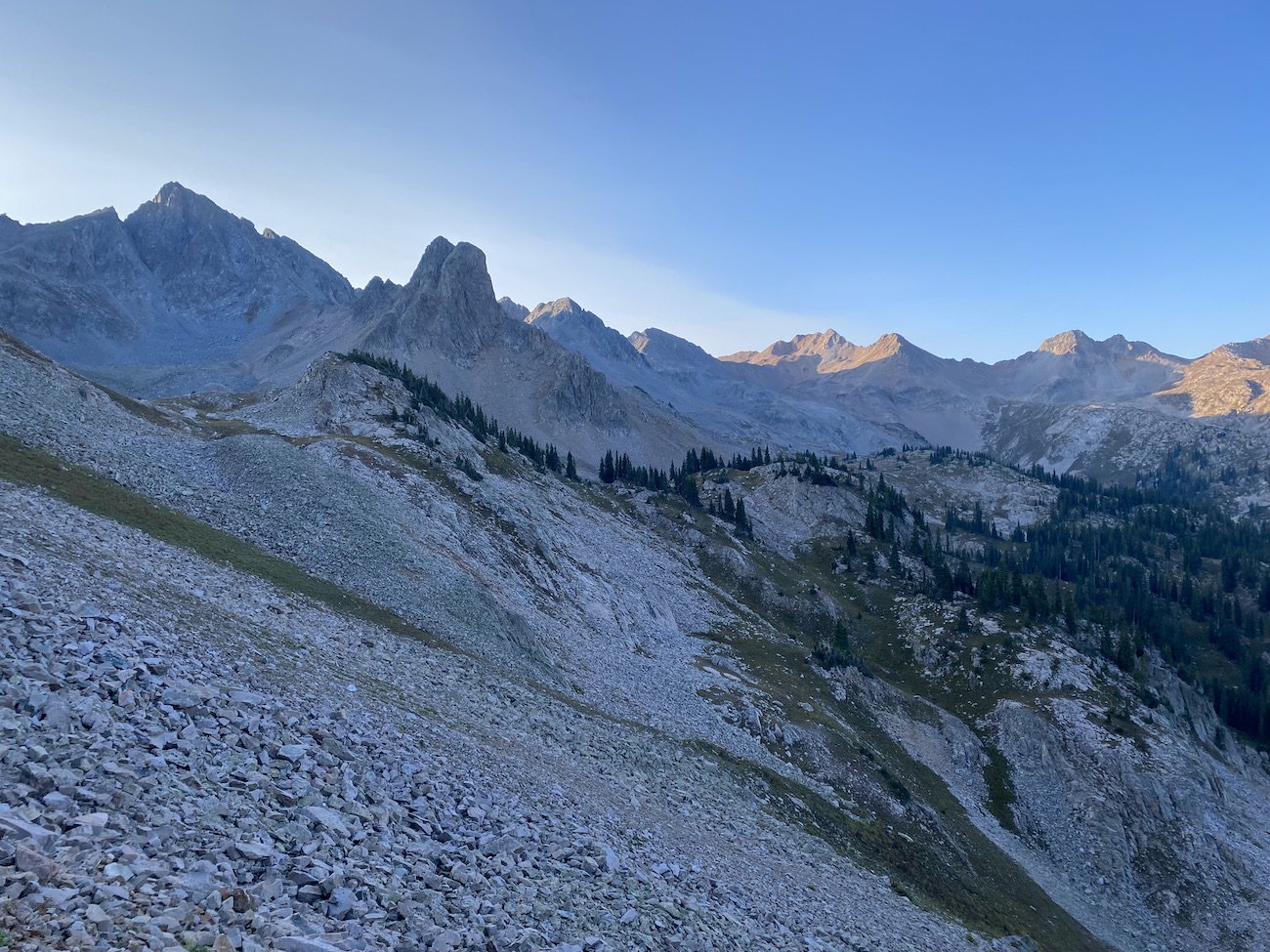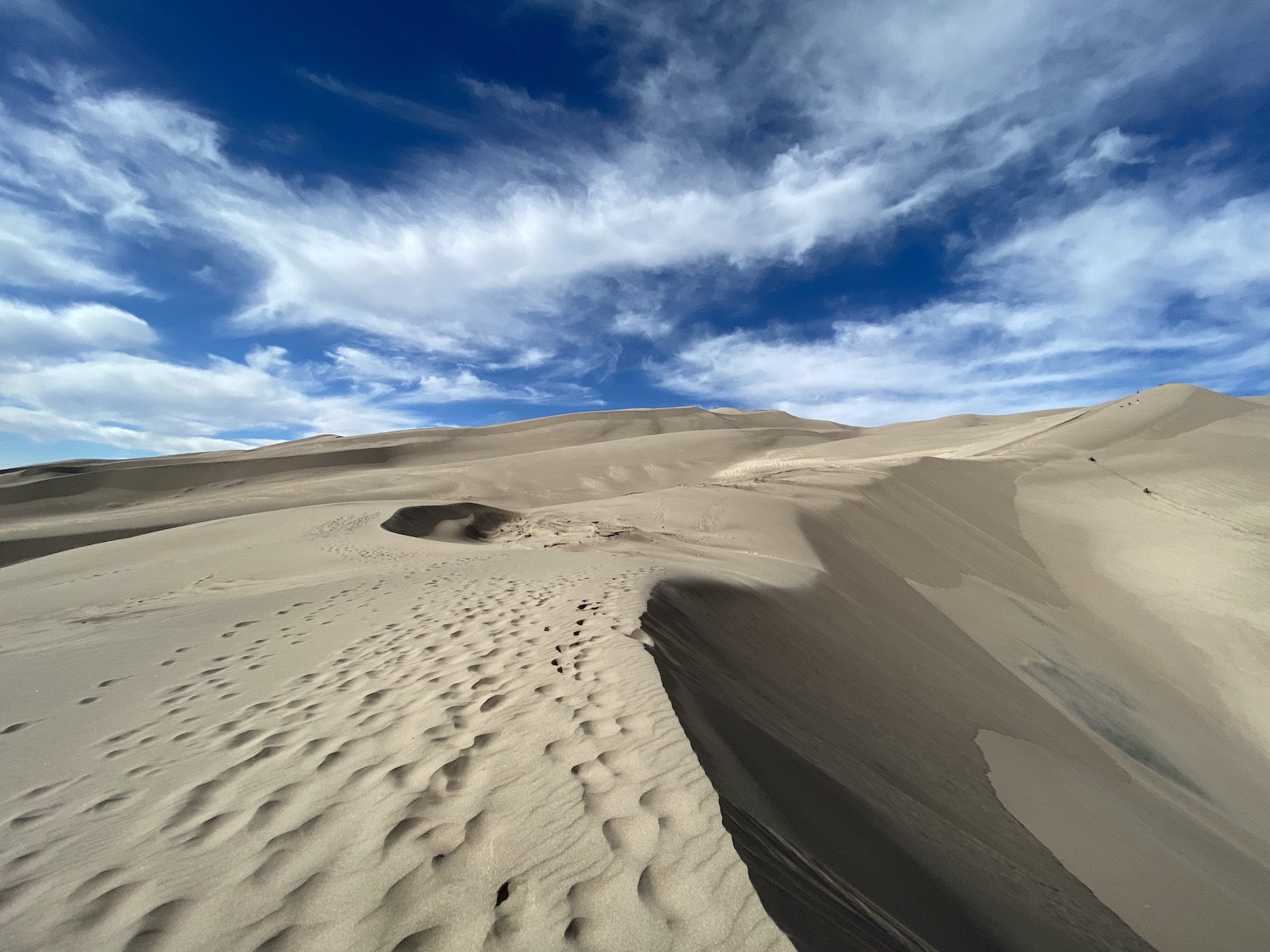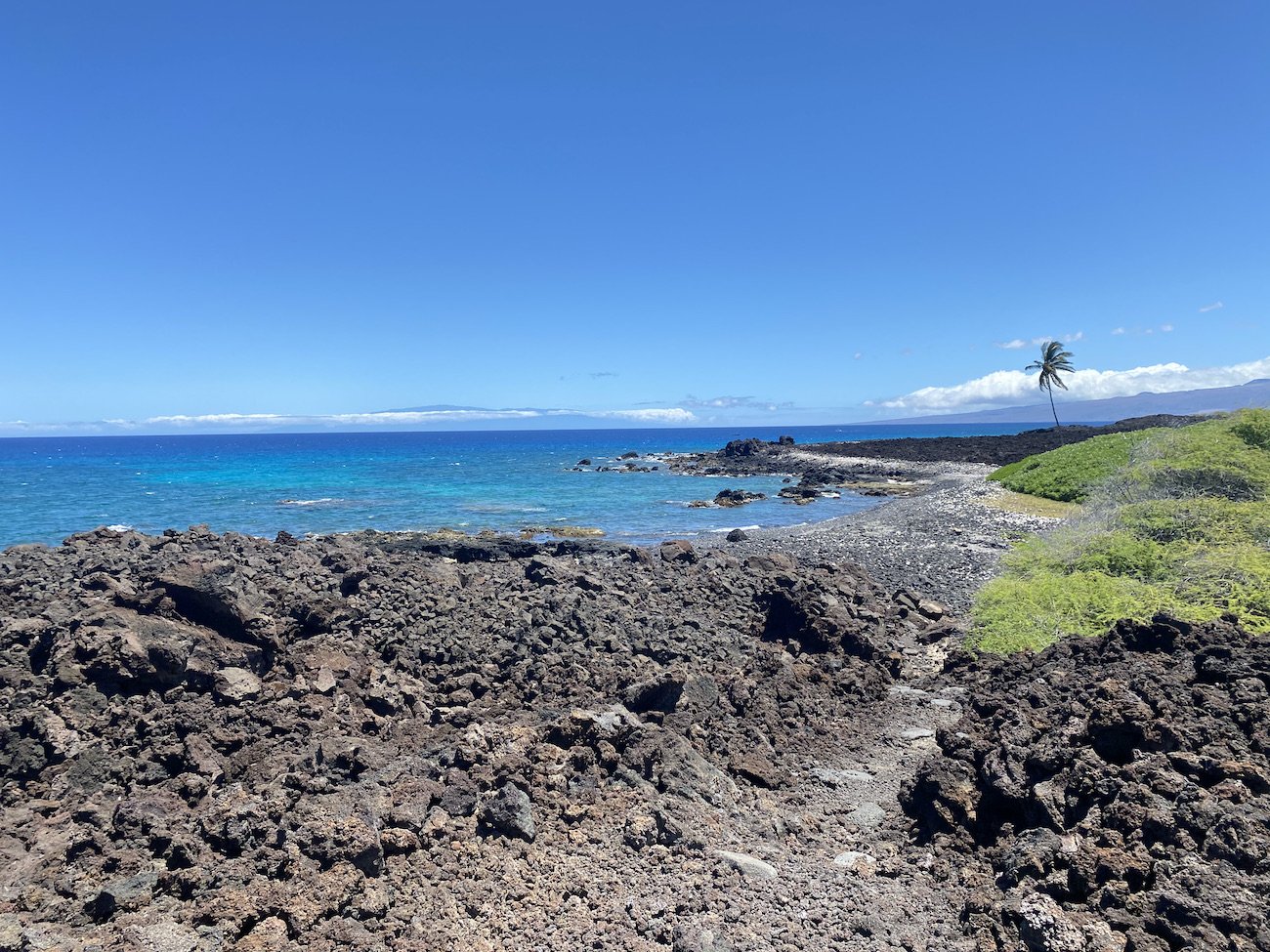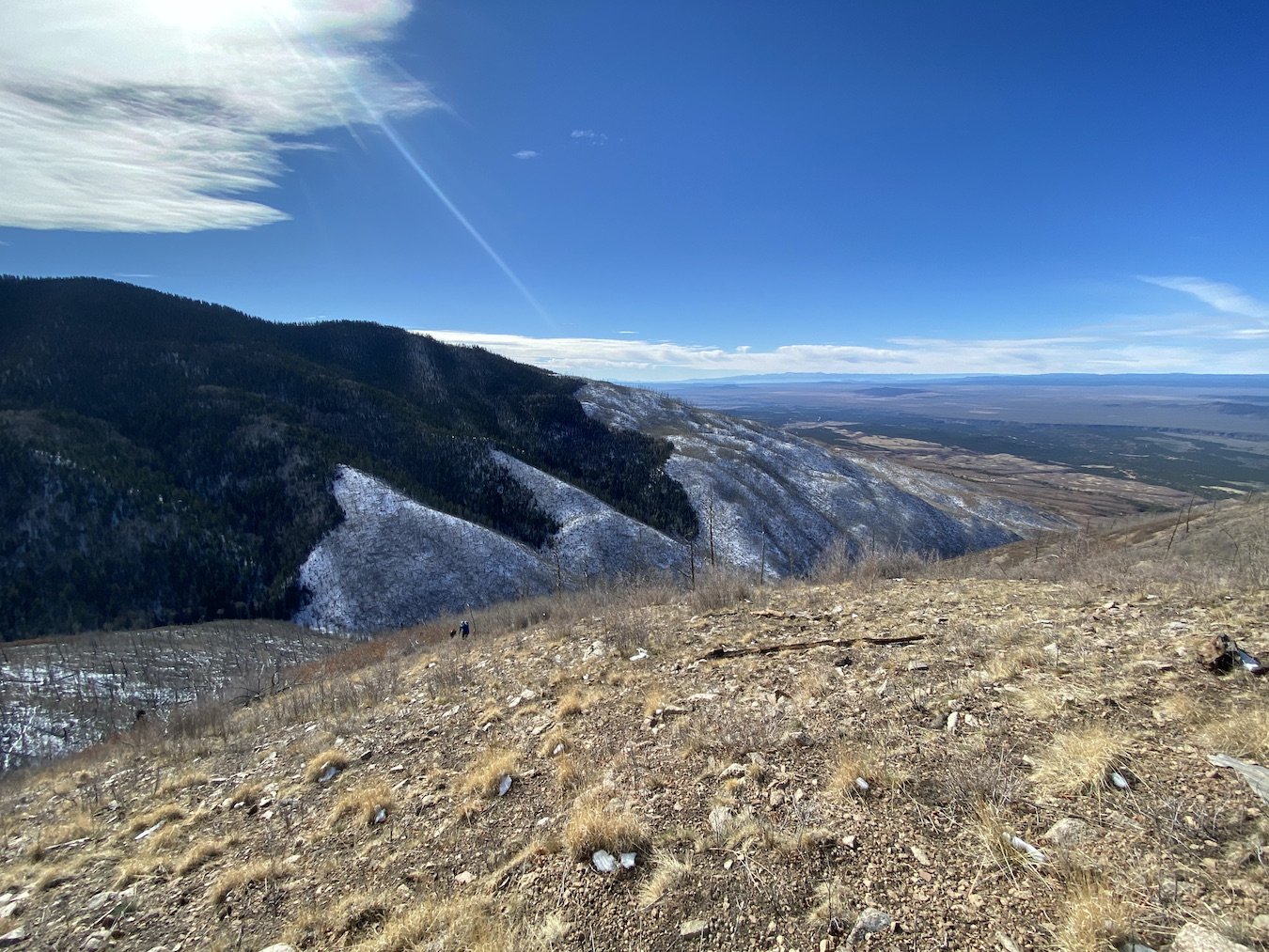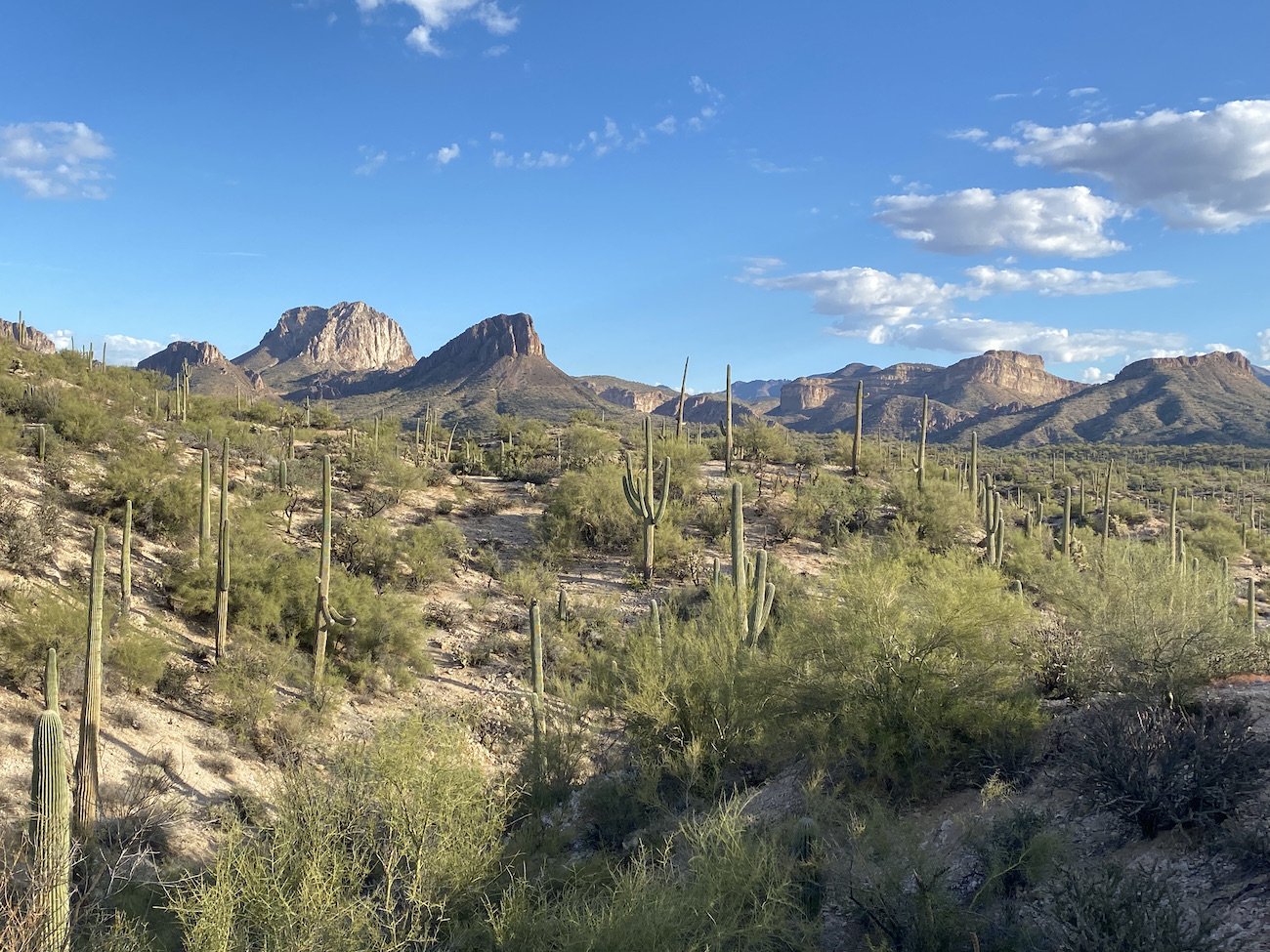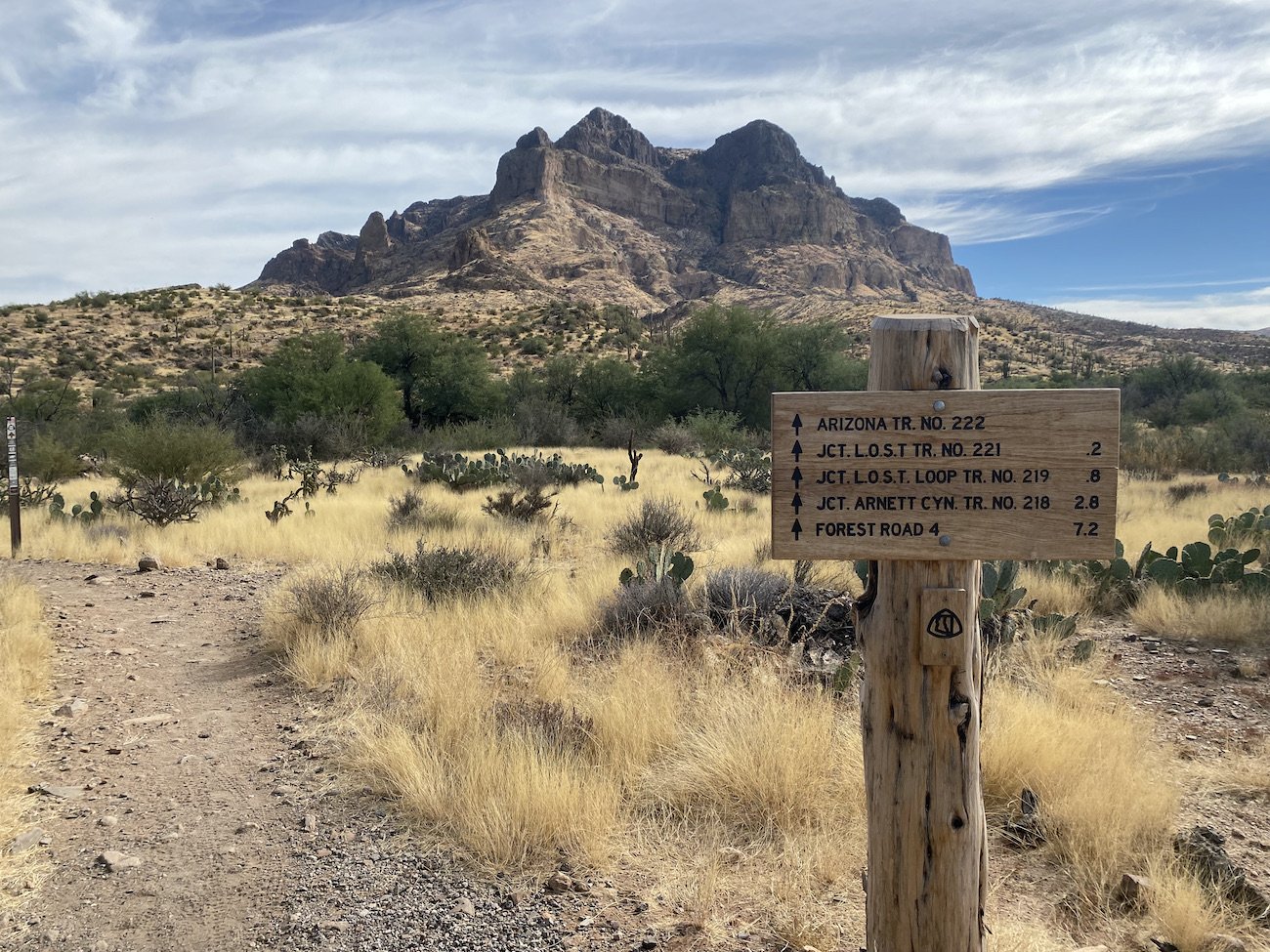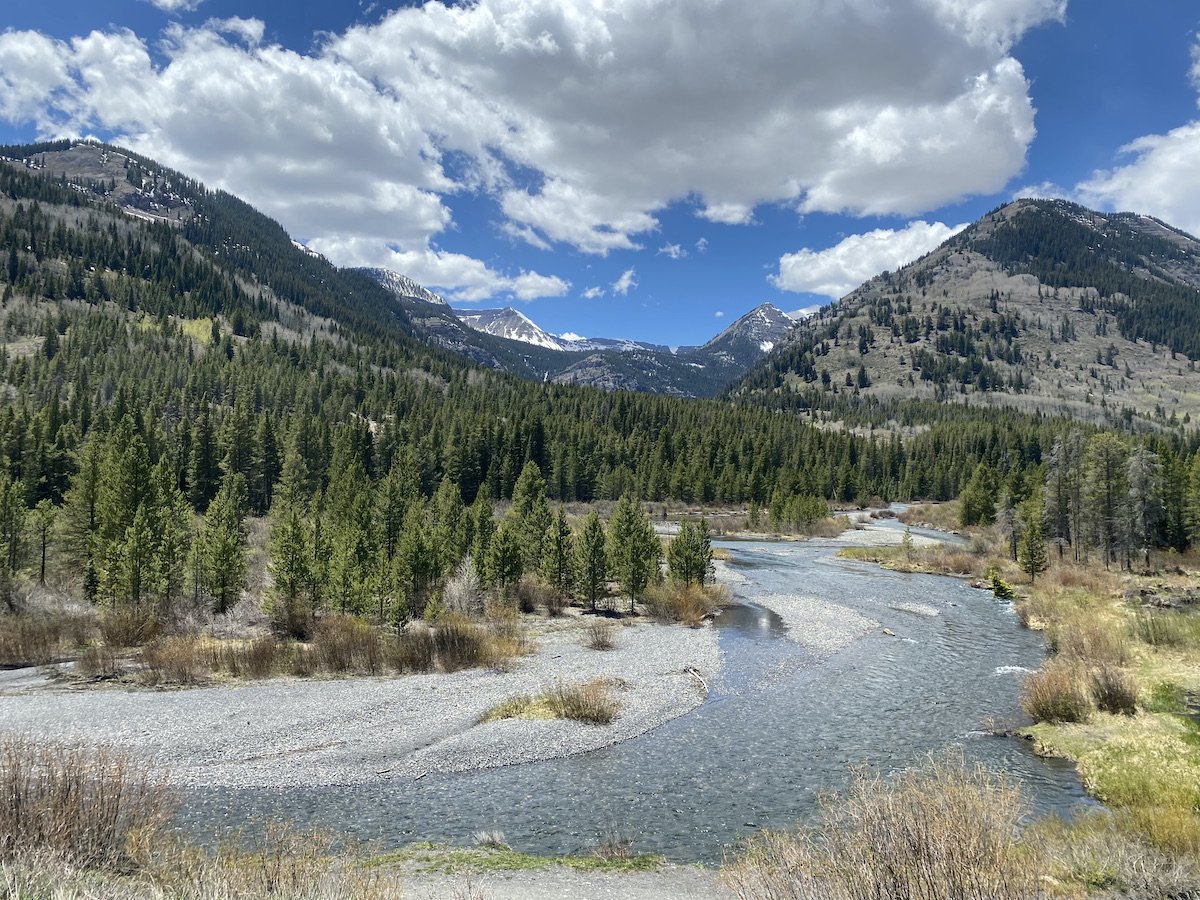Thru-hiking: A Walking Meditation
“We are drawn to discover what’s waiting out there without knowing yet if we have the courage to face it” (Pema Chödrön, When Things Fall Apart, p. 1).
“It is just walking,” I’ve caught myself saying, when people commend me for the distances I’ve traveled on foot.
On a deeper level, though, I know completing a thru-hike involves more than “just walking”. It means taking time away from work & family, it means coming up with the money to fund the adventure, figuring out what to do with pets & belongings while away and—perhaps the biggest hurdle—it means spending so many hours alone with your thoughts.
On a particularly snowy backpacking trip with Logan, we were tucked snug into our two-person tent and had been silent for some time, when he rolled over in his sleeping bag and said, “I am imagining you doing this every night on a thru-hike, just laying there in your tent alone.”
I laughed at first, but then it struck me that yeah, I do finish a long day of walking and crawl into my tent and just lay there, in the dark, alone, night after night.
More recently, I met Lotus & Throwback, my friends from the Appalachian Trail, at Cottonwood Hot Springs, outside of Buena Vista, CO; while we soaked Lotus told me about her plans to hike the CDT this coming summer.
She said she wanted to find a group of hikers to walk with when she got to the trail, she didn’t want to hike alone; then she looked at me and said, “I know you like to spend all that time alone, Kaleidoscope, you’re good at solitude, but I want to be around people.”
While I doubted that any person could be “good at solitude”, I realized then that even though meeting people on trail is always special, it really wasn’t my reason for embarking on such a journey anymore.
I love long trails because they are the best excuse I have found to walk uninterupted with myself, for extended periods of time—but it didn’t start that way.
Ironically, when I began walking North from Amicolola Falls State Park on the AT, in 2017, I spent the next 5 months trying not to be alone with my brain. I flitted from one group of hikers to the next, had two flings, packed out wine and plastic bottles of rum from trail towns, I behaved loudly and wore unresolved hurt boldly on my sleeve—I kidded myself into thinking I was free.
Really, it was a repeat of college with less tequila, and more bugs.
Despite having plenty to think about while I walked, I didn’t want to go there—I wasn’t ready—I was desperate to be distracted from any feeling that wasn’t entirely euphoric.
Of my roughly 150 nights on the AT, I actually did spend many of them alone, and on those nights I sensed I was on the cusp of something uncharted, dancing ever nearer to a new sensation, but I couldn’t fathom what it was.
Looking back, I know it was peace.
But I hated the word “peace"; if asked, I would tell you the idea was boring—really, it was terrifying.
“Peace” rings crisp, clean, and lilting. The way it slips through the mouth and lingers on the tongue, speaks to the multitudes it contains, holding space for everything and nothing.
I had conditioned myself to live in a perpetual state of want and anticipation, so, true peace—a state of not wanting anything & not being pulled in one direction or another by thought or emotion—was not immediately appealing to me.
I worried, if I allowed myself to step into that space of emptiness, what would follow me? Would I be able to face all that was in my heart or, conversely, the void which I suspected lurked there?
Could I endure such loneliness?
In her book, Everything Falls Apart, Pema Chödrön says, “When we can rest in the middle, we begin to have a non-threatening relationship with loneliness, a relaxing and cooling loneliness that completely turns our usual fearful patterns upside down”. She describes this loneliness with other words like “Less desire” and “Contentment”. She explains, “Less desire is the willingness to be lonely without resolution” (p. 53).
She continues on to describe drawing a line down the center of a page, “we know who we are if we’re on the right side and who we are if we’re on the left side. But we don’t know who we are when we don’t put ourselves on either side… At that point we can either freak out or settle in”. She explains, “Contentment is a synonym for loneliness… we can just be lonely with no alternatives, content to be right here with the mood and texture of what is happening” (p. 54).
Chödrön is a Buddhist nun and teacher, and I discovered her book, Everything Falls Apart, when I was recovering from ACL surgery in 2021.
At the time, I was having a hard time wrapping my head around the lengthy recovery period—8 months to a year—and the devastating reality that I would walk into surgery, only to be wheeled out in a chair, then spend weeks on crutches, and months learning to walk and run again without a limp.
I was facing a massive unknown and I was floundering.
I felt loneliness, I felt hopelessness, I felt despair.
And then I read these words from Chödrön: “Giving up hope is encouragement to stick with yourself, to make friends with yourself, to not run away from yourself, to return to the bare bones, no matter what is going on” (p. 43).
Of bare bones, Chödrön has much to say: “Can’t we just come back? That’s the beginning of the beginning. Bare bones, good old self... Come back to square one, just the minimum bare bones. Relaxing with the present moment, relaxing with hopelessness, relaxing with death, not resisting the fact that things end, that things pass, that things have no lasting substance, that everything is changing all the time” (p. 43).
I thought to myself, but hope is what fuels me, if I cannot look forward to the day I am healed, what do I have to live for?
I felt isolated from my friends and that I was walking the path my injury had set me on, alone. I felt I was being punished, and that made me angry and filled me with anxiety.
At the same time, my brain ached to comprehend Chödrön’s casual relationship with loneliness and hopelessness; every time I grasped a whisper of understanding, it slipped away.
Even now, I cannot say I fully “get” Chödrön’s teachings, but I want to, because I sense a greater freedom than I have ever known resting contentedly, patiently, in her words. I want to know more of those feelings.
The idea of not wanting, of not hoping, of just being—I have only caught glimpses of such emptiness when I have walked for many days in solitude.
Only after my feet are bruised, my shoulders ache, and my lips become parched, does my gaze relax to some unfixed point on the horizon, does my mind unwrap itself, does my heart quiet. This is the closest I have come to meditation.
But just as suddenly as I release my hold on life’s outcomes, anxiety washes over me like a wave, dashing gentle, unassuming peace against its rocky shore.
Chödrön’s emphasis on returning, on coming back to “bare bones”, any time we find ourselves drifting towards desire and want and anxiety is reassuring, though, because she acknowledges that going off course is inevitable.
Thich Nhat Hanh, a Vietnamese Buddhist monk and Zen master, delves into this idea of returning to the basics, too, in his book, FEAR. He says, “Meditation has two aspects: stopping and calming is the first, and looking deeply to transform is the second” (p. 88).
He even suggests walking as tool for calming the mind and body, “When the emotion is too strong and the breathing isn’t enough to get you to stop and relax, go out and walk” (p. 80).
Walking is hailed as a form of meditation in Buddhist teachings—as well as a form of gratitude to the earth—and it has certainly been the path I have taken to achieving a greater sense of calm, peace, and connection in my life.
Hanh also recommends that we look to ourselves for safety & calm, rather than relying on external forces, “Don’t take refuge in anything outside of you. In every one of us there is a very safe island we can go to” (p. 71). I find the idea of an island within myself to be really comforting, because it means no matter where I am, I carry my home within me.
When I consider my life, I know I have said, “I feel hopeful”, far more often than I have acknowledged I am content.
And since I cannot spend my entire life walking, I know I must practice contentment, practice loneliness, and practice hopelessness at work, at home, on the road and in my daily interactions, in order to experience more peace.
Thru-hiking opened the door to a new way of being for me, and I know it will continue to be a great teacher. It encourages me to walk towards loneliness instead of away, to be hopelessly content. I think this is a good path to be on.
Now it is time to take the many lessons I am being taught, and bring them into my life on a daily basis, with every step I take, on trail and off.
SOURCES:
Chödrön, Pema. When Things Fall Apart, Shambhala Publications, Inc., 1997. Pages 1, 43, 53-54.
Thích Nhât Hanh. FEAR, HarperOne, 2014. Pages 71, 80, 88.
I cannot recommend either of these books enough, especially if you find yourself going through a difficult transition. When Things Fall Apart is a book I have gone back to countless times over the last two years. Chödrön is a wise teacher and seems to see through the chaos of life, relaxing into its storm rather than attempting to fight it into submission.

